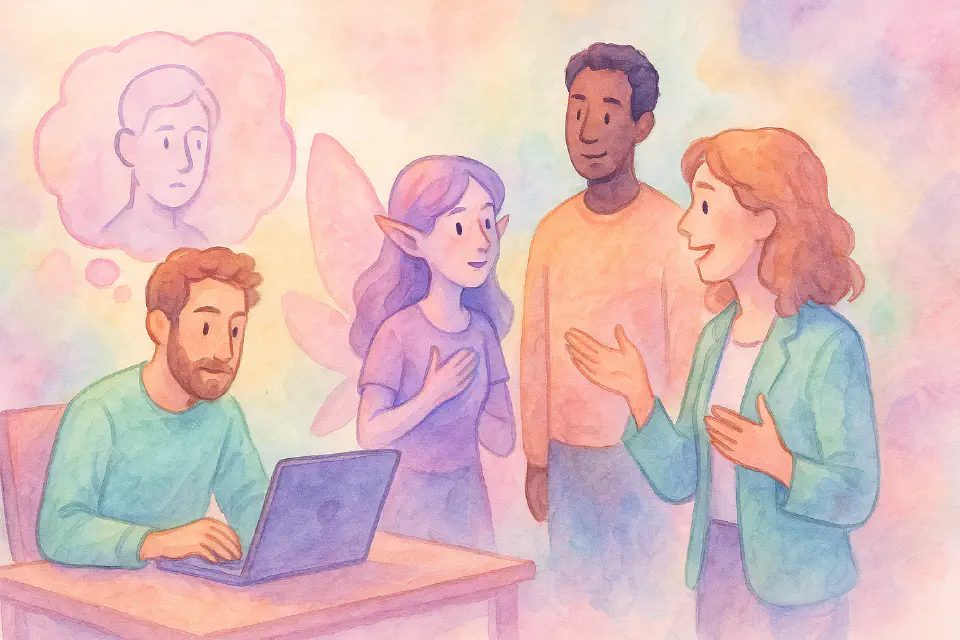
Behavioral Perspective on HRM
People aren’t predictable inputs—they’re emotional, social, and sometimes irrational. Behavioral science helped HR understand what really drives performance.
The behavioral perspective brought psychology and organizational behavior into the heart of Human Resource Management. Instead of treating workers as purely rational actors or “resources,” this approach focused on how real humans think, feel, and behave—especially in group and organizational settings.
Let’s explore how this perspective evolved and how it continues to shape modern HR.
Origins in Organizational Behavior
The behavioral perspective grew out of research in:
- Psychology
- Sociology
- Organizational behavior (OB)
- Social science-based management theory
This research shifted attention to:
- What motivates people?
- How do leadership styles affect performance?
- What’s the role of group dynamics?
- How does communication shape behavior?
Major Theories That Shaped HRM
The behavioral lens introduced foundational theories:
- Maslow’s Hierarchy of Needs – showing how unmet needs influence motivation
- McGregor’s Theory X and Theory Y – contrasting assumptions about employee motivation
- Herzberg’s Two-Factor Theory – separating hygiene factors from motivators
- Skinner’s Behaviorism – reinforcement and feedback loops
- Vroom’s Expectancy Theory – linking effort to performance and reward
- Adams’ Equity Theory – fairness as a driver of engagement
- Bandura’s Social Learning Theory – learning through observation and modeling
Each theory offered tools for designing jobs, leading teams, and shaping culture.
Practical Applications in HRM
The behavioral perspective has influenced nearly every HR domain:
- Recruitment: Behavioral interviews, psychological profiling
- Training & Development: Learning styles, self-efficacy, feedback
- Performance Management: Goal-setting theory, coaching
- Leadership: Styles (e.g., transformational vs transactional)
- Change Management: Addressing resistance and emotional reactions
- Employee Engagement: Measuring attitudes and designing interventions
It also led to the rise of organizational culture as a key focus.
Behavioral Economics and Nudging
Modern HR also draws from behavioral economics, which blends psychology with economics to explain irrational or biased behavior.
This led to “nudge-based HR”:
- Opt-out instead of opt-in (e.g., for pension enrollment)
- Default settings (e.g., remote work guidelines)
- Social proof (e.g., sharing that “most employees complete training on time”)
Strengths of the Behavioral Perspective
- Helps HR design people-centric systems
- Explains the “why” behind workplace actions
- Supports evidence-based HR decisions
- Encourages empathy and personalization
It also aligns HR with organizational development, coaching, and leadership science.
Limitations and Critiques
- Can become too focused on the individual, ignoring systemic issues
- Some models (like Maslow) are outdated or culturally limited
- Requires data and expertise to apply well
- Risk of over-engineering behavior (manipulation)
From Science to Practice
HR teams today use:
- Pulse surveys to measure sentiment
- Personality assessments for team building
- Leadership training based on neuroscience
- Feedback platforms to encourage peer recognition
- Wellbeing programs based on psychological needs
Conclusion
The behavioral perspective gave HR a deeper understanding of people—not just as roles or capital, but as thinking, feeling individuals. By applying psychology and organizational behavior, HR professionals can build workplaces that motivate, retain, and empower.
Next, we’ll explore how these insights crystallize into models like the AMO Framework, which connects behavior directly to performance.